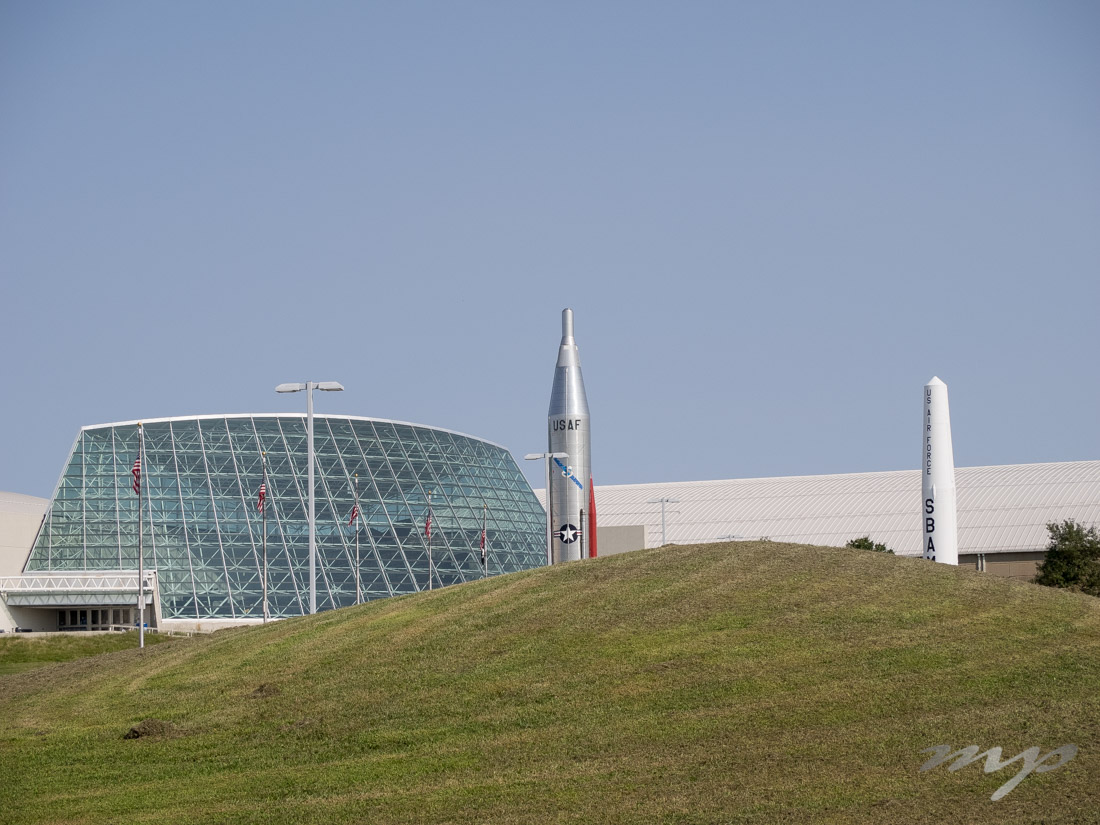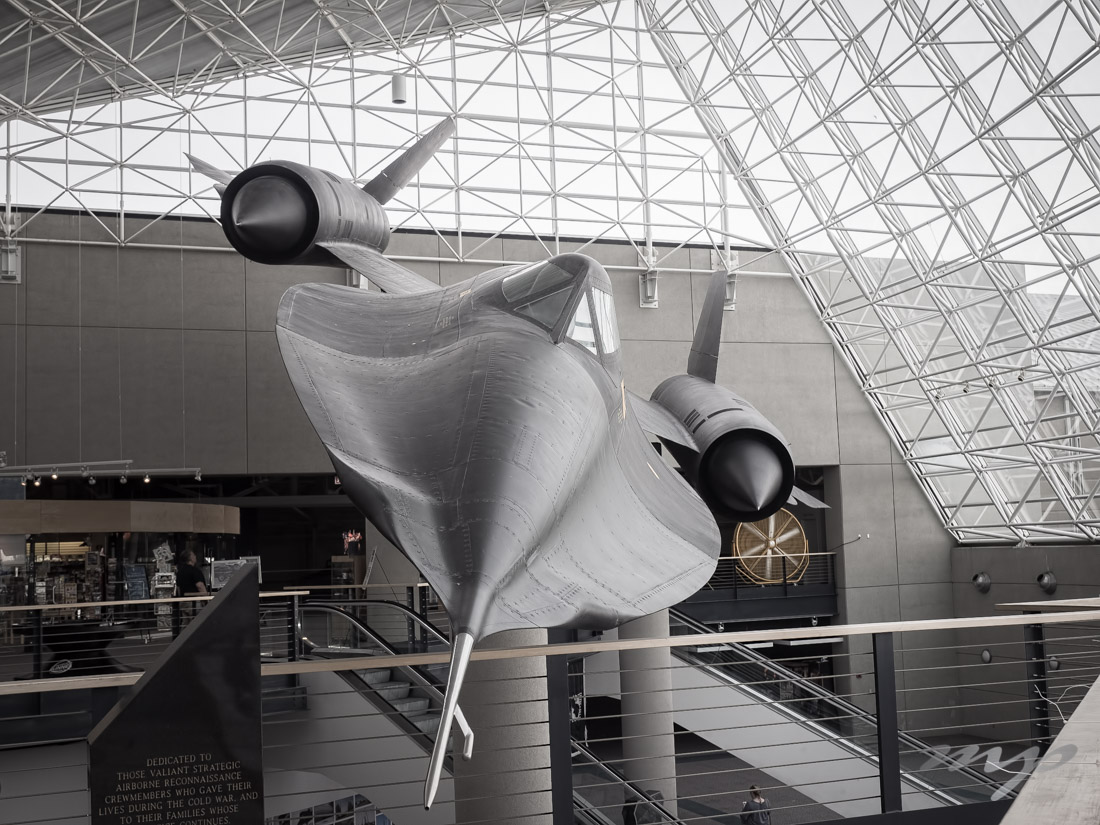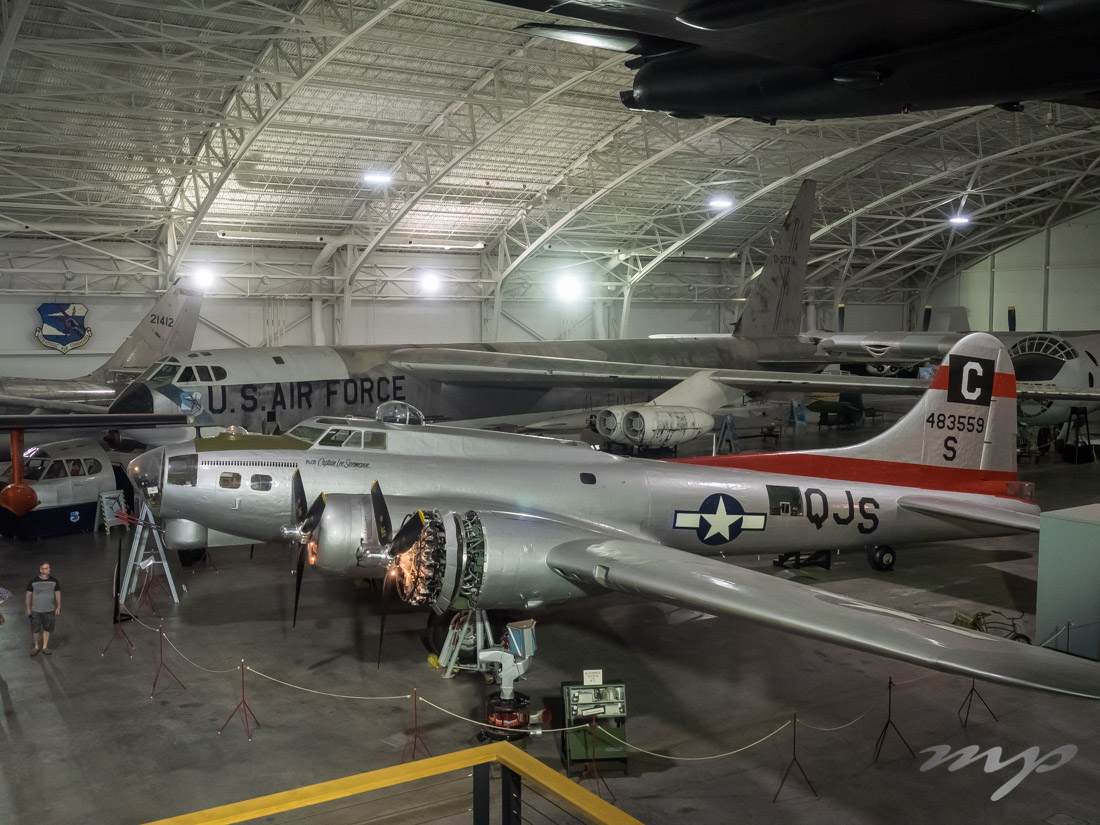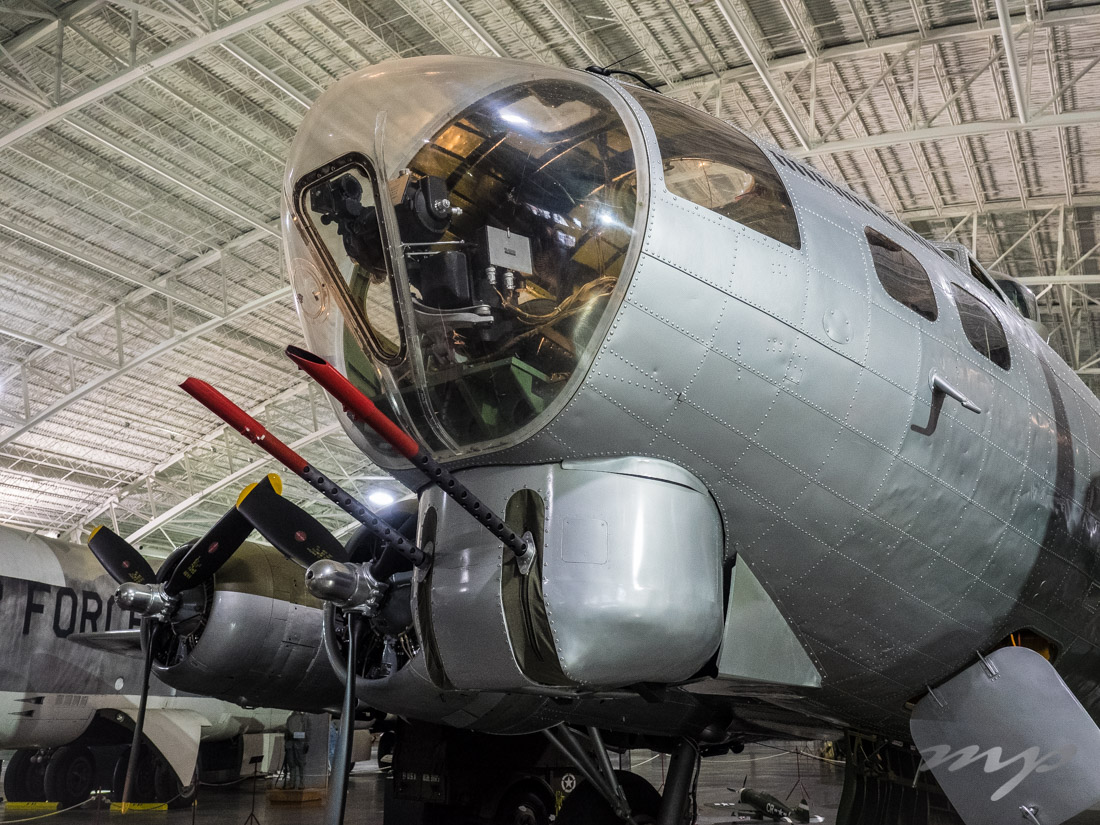
Taking a little time for myself, I spent a couple of hours, camera in hand, at the Strategic Air Command and Aerospace Museum in Ashland, NE. Having served in the USAF for over 11 years with a growing enjoyment of history I always find these types of museums to be interesting.

The roles and forces which have comprised the Strategic Air Command (SAC) have evolved over the years as the worlds’ political and military environment have changed. Major points in its’ history include:
- Established as Continental Air Forces on 13 December 1944;
- Redesignated: Strategic Air Command on 21 March 1946;
- Replaced as a specified command by a new unified combatant command, United States Strategic Command (USSTRATCOM), on 1 June 1992; concurrently disestablished as a USAF major command (MAJCOM) same date; and
- SAC’s USAF MAJCOM role was re-activated and re-designated as Air Force Global Strike Command in 2009.

SAC’s central headquarters complex is located at nearby Offutt AFB, NE. Its lineage gets complicated and those who might want to dig deeper may do so here.

For photographers these types of museums are both a dream and a nightmare. As a dream, there are so many interesting details just steps apart that you can totally get lost in the photographic process. I’ll post a few of the details I noticed and captured a little later on.

As for the nightmare, there are so many planes. And with large planes and displays packed into the available space with such poor lighting you struggle to get single shots of any specific plane. And there are always parts of other planes that show up in the background.

This particular museum is interesting and well worth seeing. However, I don’t believe it compares as well to the National Museum of the United States Air Force located at Wright-Patterson Air Force Base, northeast of Dayton, Ohio.
Discover more from
Subscribe to get the latest posts sent to your email.






I spent time at the SAC base in Blytheville, Arkansas during part of my 4 years of duty. At the time it was B-52s and KC-135s, ready to be airborne in a matter of minutes. I think I’d would enjoy this museum.
It’s an impressive sight seeing a loaded B-52 lumber down the runway and take off and to think they’ve been in service for over 60 years — the first prototype was build in 1952 before I was born.. They’re on variant H now I believe and around 90 still active last I heard.
What is the plane behind the B-17, Brooks? It looks like a B-52 except it doesn’t seem big enough. That looks like an interesting museum, and a rare opportunity to see all those planes in one place.
That is a B-52B. It probably looks smaller because it’s parked among some pretty good sized bombers. A B-36J is just behind and to the right of the B-52 with 6 propeller and 4 turbojet engines and a wingspan 50 feet wider then the B-52. Yeah, it’s worth a visit but the National Museum of the USAF in Ohio is much better.
I’ve never spent time in the military, but your acronyms reminded me A LOT of working on military projects for Texas Instruments and Raytheon. Oh, boy. My days were filled to the brim with acronyms! There were meetings where I wasn’t sure if a complete word was spoken, only a seemingly unending scream of acronyms. On and on it went.
I love these museums, but as you said, they are the blessing and the curse because things are packed so tightly, lighting is so dim, but there are many things of interest to see.
Yea, the military is top notch in establishing confusion by acronym. When in the military and it’s part of you day-to-day environment you become indoctrinated and eventually get so you don’t even notice them. I only use to realize what a strange world I lived in when as active duty I came home to visit family. I guess the best way to get great photos of these classic aircraft would be to find an airshow where the planes were parked along the airstrip.